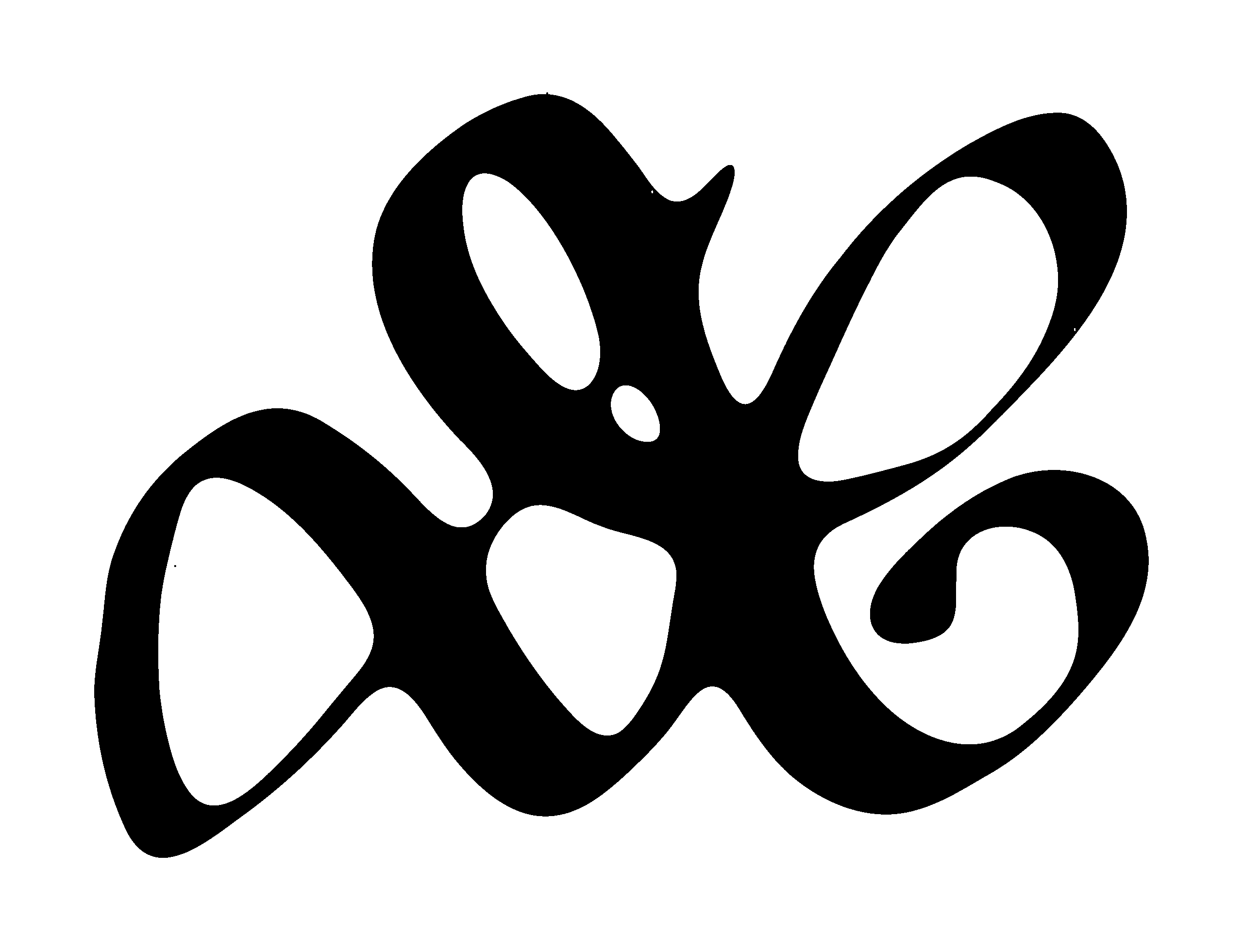A Narrative System for Neurodivergent Productivity
A narrative productivity system isn’t about hustle. It’s about harmony.
When your mind runs on meaning, you don’t need stricter rules—you need better story structures.
Some people ask, “How do you manage so many projects at once without burning out?”
Here’s the truth: I don’t manage them all the time.
What I do is dance with them. Systematically. Symbolically. And in a way that supports my neurodivergent brain.
This isn’t a productivity flex. It’s a survival system. A creative ecology. A scaffolding of meaning and regulation.
1. A Narrative Productivity System: Story-Based Priorities that Stick
Traditional productivity says: “Pick one thing. Focus. Ignore the rest.”
But for ADHD and autistic minds, that advice can backfire. We thrive when we care—deeply—about what we’re doing.
So instead of rigid prioritization, I work with narrative layers:
- Main Quests = Purpose-driven long arcs
- Major Quests = Active projects with clear stakes
- Side Quests = Optional, seasonal, or joy-based
- Subquests = Actionable, doable steps
- Rituals = Self-regulating anchors
This structure gives me clarity, without suppressing the complexity of my mind.
2. Rotating Roles: Shape-Shifting for Burnout Protection
I don’t just juggle tasks—I rotate roles.
Sometimes I’m the Researcher, lost in theory.
Other times I’m the Mythcrafter, designing rituals and writing poetic fragments.
Then I become the Scribe, refining copy or guiding others.
By consciously shifting inner “parts,” I prevent fatigue from identity compression.
It’s not multitasking. It’s narrative shape-shifting.
3. Offloading Tasks into the Narrative Productivity System
Many ND folks struggle to keep tasks in mind. I don’t try.
Instead, I externalize my cognitive load through:
- Symbolic quest logs
- Joplin markdown sprints
- Daily mini-maps
- Subquest checkboxes
This lets my brain think in real-time instead of holding everything all at once.
4. Designing with Rhythms: Energy-Smart Planning
I don’t plan with a flat calendar—I plan with rhythms:
- Energy spikes → used for bold outreach or visibility
- Energy dips → reserved for inward work, ritual, or rest
Instead of pushing through misaligned days, I pre-load my systems with options. Then I choose what fits the day’s pattern.
5. Motivation Through Gamification: Progress You Can Feel
Traditional metrics (deadlines, deliverables) don’t reflect emotional wins. So I built an XP system:
Every finished subquest earns XP. Every ritual completed adds to the total.
It’s gamified—but meaningful. It rewards consistency, not performance.
This keeps motivation alive even on slow or foggy days.
6. Symbolic Feedback: When Systems Speak Back
Each system is a mirror. If something starts to feel heavy, I adjust it. If I fall into spirals, I create Mini Quests.
Nothing is sacred except the need to stay human inside the process.
And because I track symbolic signals—not just tasks—I can tell when something is out of sync.
I use this same symbolic scaffolding with clients—through a story-based approach to transformation → Explore Narrative Coaching.
This is how I juggle projects.
Not by overworking. Not by pretending to be neurotypical.
But by building narrative productivity systems that reflect my mind—and invite it to thrive.
🌀 Updated Creative Weather Report
Here’s what a quest-powered ND brain can carry without collapse:
Current Focus
What I’m tending to, building, or quietly growing:
- Designing symbolic tools and narrative systems that support emotional memory, identity, and well-being
- Supporting neurodivergent clients through narrative coaching and creative structure
- Weaving digital rituals and research scrolls around empathy, presence, and transformation
- Running PenPoised, a solo web studio where I craft story-aware websites for thoughtful professionals
- Studying neuroscience and psychology through a BSc lens, while building independent theory on narrative cognition
(Some of this work lives in public. Some is still composting.)
Want to build a system that mirrors your mind?
Start with meaning, not metrics.
→ Read more on narrative systems in practice
→ Read more on the science behind my quests
P.S. Not every insight needs a spotlight. If this stirred something useful, I’d be very grateful if you shared the link to this post with someone who might feel the same.


